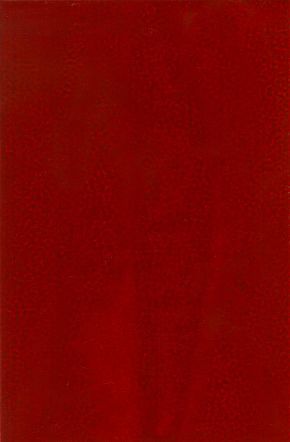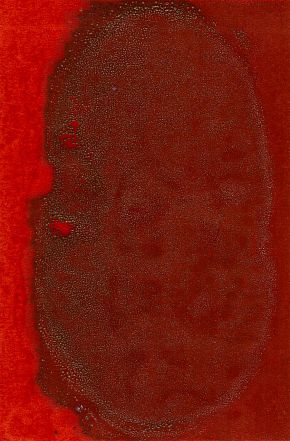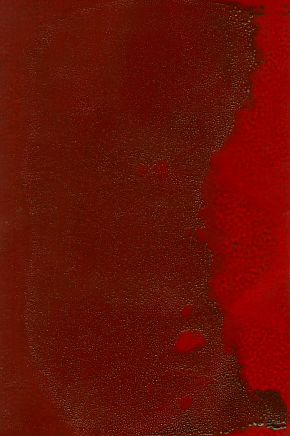Mika Plutitskaya
Real childhood in the late USSR differed significantly from the ideologically charged Soviet films for kids. My concern in this fissure led me to the theme of memory, trauma and the cinematic. As Gilles Deleuze assumes in his Cinema, a memory crystal image accumulates time due to the relationship between the several images. In a memory crystal, a real image follows an imaginary one in a perpetual circuit and this circular movement of images is cinematic. In my practice, I develop such memory crystals working with the experience of a totalitarian state and ideologically charged visual culture. This approach allows me to touch memory on both personal and social-historical levels, shifting between real and imaginary. I fill the split with my own mythology, haunted by the visual narratives of the past.
Starting my career as a performer, at the moment I mostly work with painting whereas this medium is tightly connected with the notion of historical reflection and mythologization. On the one hand, I draw from the modernist tradition of painting, regarding oil paint as a material substance, showing its physical characteristics. On the other hand, I apply cinematic conventions into my painterly practice, which includes working in series and multiple repetitions of the same composition. Thus, the series Binocular consists of double portraits, echoing the idea of stereoscopic memory by Roger Shattuck and Freud’s notion of the uncanny returning doubles.





